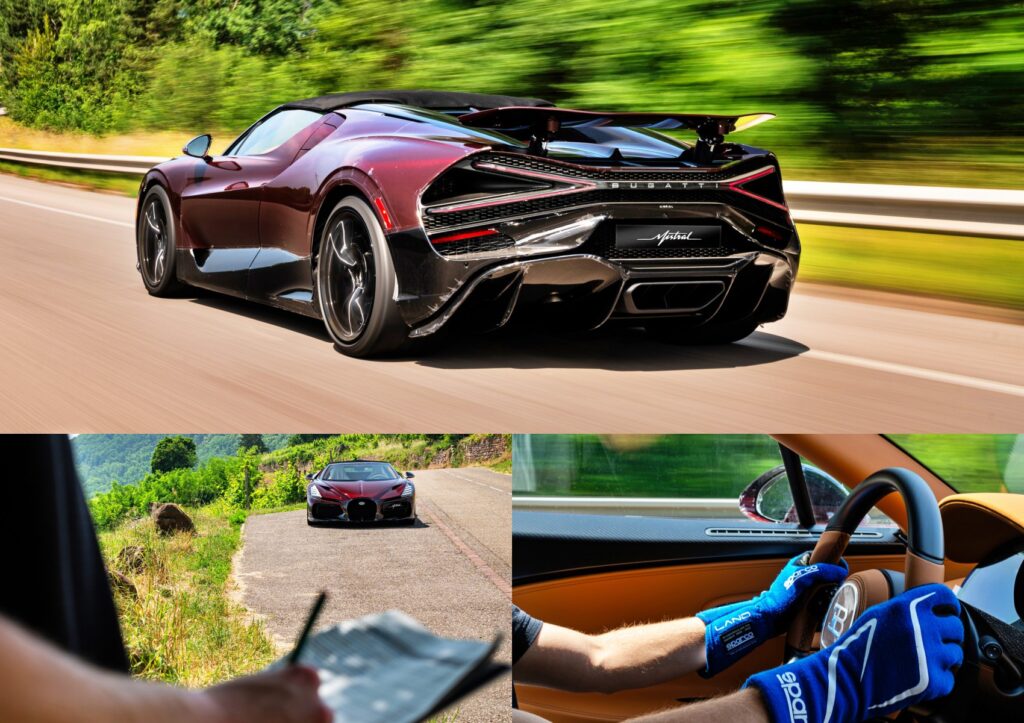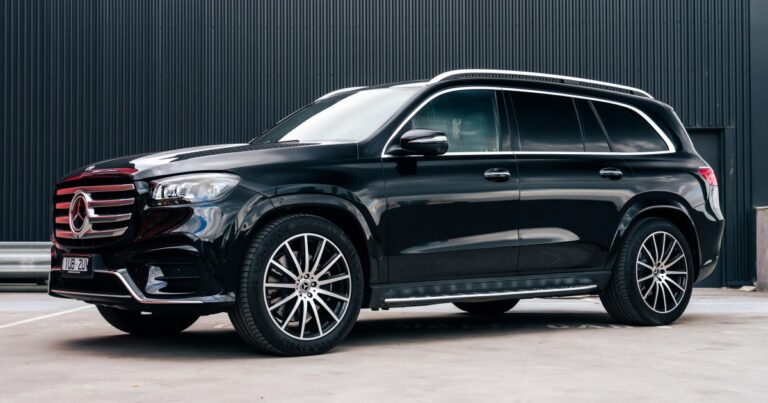
In the modern Bugatti lineage, the Mistral is a model of great significance. As the French marque moves on to a naturally aspirated V16 in the Tourbillon, the iconic W16 that defined the record-breaking Veyron and subsequently the Chiron, represents the swan song for the mighty engine envisioned by none other than the late Ferdinand Pïech.
So with a two-decade-long legacy to uphold, Bugatti has left nothing to chance with the quad-turbo unit’s final act, the Mistral. The W16 Mistral is Bugatti’s first roadster in over a decade, with its predecessor being the mighty Veyron Grand Sport Vitesse. The Mistral packs an 8.0-liter W16 engine that produces 1,600 horsepower.
But building the ultimate open-top Hypercar also means pushing every boundary, both emotional and mechanical, to the absolute limit. Before signing off, every single Mistral must earn its badge through a brutal 400-kilometer (248-mile) real-world quality assessment road test, across the Alsatian countryside in France, home turf for Bugatti.
Our evaluation protocol isn’t just about validating functionality, but a confirmation that each W16 Mistral is imbued with the pure essence of quality, precision, and craftsmanship that makes a Bugatti truly extraordinary. – Christophe Piochon, President of Bugatti Automobiles
According to Christophe Piochon, President of Bugatti Automobiles, this evaluation process goes beyond the normal fit & finish assessment and is one that has been evolving for the past 20 years, since the days of the Veyron, refined for the Chiron, and now perfected for the Mistral.
The test route features everything from narrow-cobblestone streets in medieval European villages that test the ride quality and chassis irregularities to sweeping technical mountain passes that put the powertrain under varying elevation and atmospheric conditions. Fast sections on the autoroutes (highways) help evaluate stability under sustained loads. Transmission performance is also thoroughly analyzed during acceleration, deceleration, and varied load scenarios, ensuring every gear change feels instinctive
Each test car is assigned to one of only three Bugatti-qualified personnel, who have been trained over the years to sense and detect even the most minute irregularities, if any. Test drivers rely on acoustics to detect unwanted resonance or drivetrain inconsistencies. All the data is recorded and logged through a dictaphone for further evaluation and analysis, and if needed, the car is partially or even completely disassembled to fix issues.
Close to 90 percent of the test relies upon human touch, sight, and sound. The remaining 10 percent is a precise digital affair that relies upon proprietary telemetry and data loggers for performance tracking, down to the millisecond. Bugatti also subjects the Mistral to comprehensive noise testing, analyzing the acoustics of the exhaust, road, and wind, with and without the roof in place.
The removable roof is not only rigorously tested for fit and function, but also to ensure that it holds firm at 300 km/h (186 mph) on Colmar airfield’s 1,600-meter (1 mile) test strip. As part of Bugatti’s track session, the automaker maintains an exclusive partnership with the facility where braking systems, ESP, and ABS are tested from 300 km/h (186 mph).
After fixing any issues (if found), each car returns for a final evaluation, often on a 50 km (31 mile), re-run, and this continues until Bugatti themselves is satisfied and every detail is perfected, all before a Mistral ever sees a showroom floor. In conclusion, before any Mistral ever reaches its new owner, it must prove its worth on real roads and under real scrutiny of Bugatti’s stringent and unforgiving standards.
Source: Bugatti




